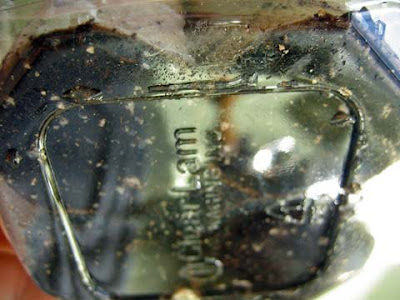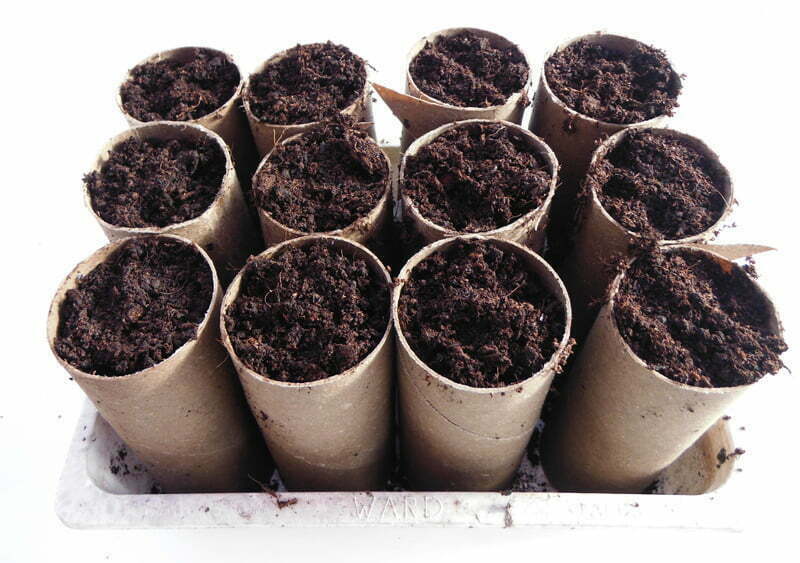

If left untreated, delphinium poisoning can lead to serious complications, including cardiac or respiratory failure and even death.

It is important to note that the prognosis for delphinium poisoning can vary depending on the severity of the exposure and the individual’s overall health. In severe cases, the poisoning can lead to cardiac or respiratory failure, seizures, and even death. The symptoms of delphinium poisoning in humans include gastrointestinal upset, such as nausea, vomiting, and diarrhoea. Symptoms of Delphinium Poisoning in Humans Children are particularly susceptible to accidental ingestion of delphiniums, and it is important to keep these plants out of reach and teach children not to eat any part of the plant. It is also a reminder that even small amounts of delphiniums can be dangerous and potentially fatal. This case highlights the importance of correctly identifying plants before ingesting them. The woman was taken to the hospital, but despite treatment, she died from respiratory failure and cardiac arrest.

Within hours of eating the salad, she developed nausea, vomiting, and diarrhoea, and was later found unconscious by her daughter. The woman had gathered the plants from a field and used them to make a salad. In one reported case, a 70-year-old woman in California died after ingesting delphiniums that she had mistaken for wild mustard. While cases of delphinium poisoning in humans are rare, they can be serious and even fatal. Delphinium Poisoning Overview of Delphinium Poisoning Cases in Humans The flowers and leaves of the plant also contain toxic compounds but in lower concentrations. These alkaloids affect the nervous system and can cause a range of symptoms depending on the amount ingested.Īll parts of the delphinium plant contain toxic compounds, but the highest concentrations are found in the seeds and roots. The toxic compounds in delphiniums are primarily alkaloids, specifically delphinine and ajacine. In severe cases, delphinium poisoning can lead to cardiac or respiratory failure, seizures, and even death. The most common symptoms of delphinium poisoning in humans and animals include gastrointestinal upset, such as nausea, vomiting, and diarrhoea. While delphiniums are beautiful plants, they do contain toxic compounds that can be harmful if ingested. Delphinium Toxicity Delphinium Toxicity Symptoms Delphiniums are often used in cottage gardens and borders and are also popular as cut flowers. They come in a variety of colours, including blue, purple, pink, white, and yellow. These perennials are native to the Northern Hemisphere and are often grown for their tall, spiky flower spikes, which can grow up to 6 feet tall. Delphiniums belong to the Ranunculaceae family, which also includes buttercups, columbines, and monkshood.


 0 kommentar(er)
0 kommentar(er)
